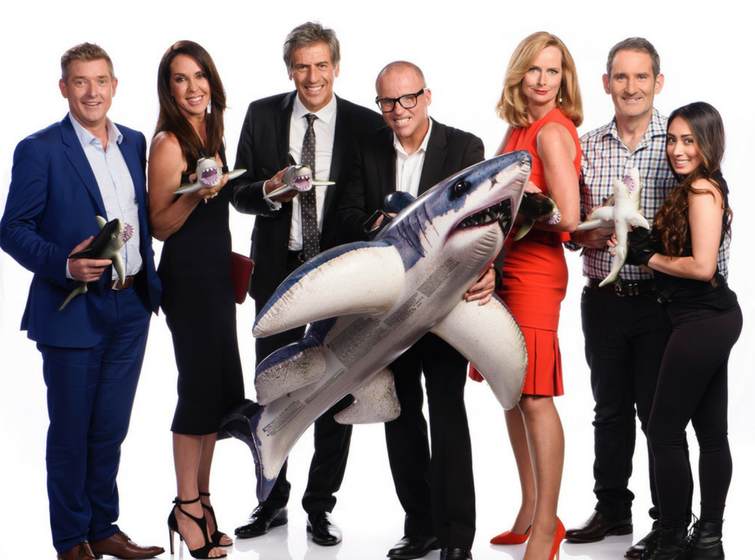The Human Capital Institute was founded in 2004 in the US and has around 115,000 members in 60 countries – Allan Schweyer, the Executive Director shared some insights with the participants of the recent Brand Engagement conference in New York which I attended last week.
According to Schweyer, there is an increasing importance placed on ‘intangible assets’ in the market valuations of corporations. Intangible assets are defined as goodwill, brand, intellect, knowledge, innovation, teamwork, ambition, courage and agility. In 1982, intangible assets comprised 38% of the average company’s market value – by 2002 this number had dramatically increased to 85%.
Whilst much of the data was the US centric it is still interesting. 44% of US employers are struggling to fill positions and unemployment in January 2008 for college graduates was at only 2%.
I have often said that there is a finite number of people on the planet… but in an economy as large as the US you wonder how could the talent pool have become so small. The outlook is bleak – by 2014 there will be a 30% decline in young workers entering the workforce, 50% growth in the retirement of skilled knowledge workers – hence there will be a critical knowledge gap in organisations. This is despite the fact that in the past 20 years participation in tertiary education has gone from 40% to 60%.
This talent challenge is global. In fact, the United Nations stated ‘one of the top three socio-economic issues facing the planet is the lack of talent despite population increases’.
In the US 50% of current employees are not completely satisfied with their jobs, an alarming 71% of employees are ‘poised’ for another opportunity if it comes along – while 56% of employees regularly look for new opportunities. The numbers are not too dissimilar in Australia.
The research conducted by the Human Capital Institute found that the talent brand is important to the workers’ decisions to join or stay with an organisation.
“The single most important finding of this research is that creating an organisational vision or designing formal talent management processes will not create a positive image or talent brand in the minds of workers. That will only be accomplished if the vision and formal processes are translated into actual results that lead to a better work environment” Dr Ross Jones HCI
Actions speak louder than words… that is (as per last week’s blog) you might get the ‘why’ clear but without the ‘how’ and the ‘what’ it is not enough on its own to drive retention of the team.
The question of course is: Do you have a formal talent brand strategy? Is there an employee experience strategy?
According to the US Monster Intelligence Research 2007 in response to the question: Does your organisation have a formal strategy to brand itself as a desirable employer – 57% said yes.
Brand engagement is both an attraction and a retention tool (which leads to employee engagement).
71% of respondents said that the image or brand of that organisation was somewhat or very important in their decision to join that organisation. Whilst 75% said it was somewhat or very important in their decision to stay with an organisation.
Seven measures of employee engagement effectiveness:
- Are current employees one of the best sources of finding new talent?
- Are employees generally productive and engaged? Do they know what they are there to do in a day and do they achieve it?
- Is talent retention better than the industry average?
- Does the organisation provide better than average total compensation packages?
- Are people regularly recognised for their contribution?
- Does the organisation provide excellent work/live balance and is it measured?
- Does the organisation genuinely care about its employees?
This is all about getting the fundamentals right.




Jonathan Levitt says
Naomi,
Really enjoyed this insightful read.